This module explores when to use community forums and asset mapping as part of your data collection.
Forums
Community forums can be an effective tool for:
- Gathering input from the community about the need and issues around broadband;
- Promoting any surveys you may be launching – or may have already launched;
- Leading into asset mapping ;
- Creating awareness of the issue.
The forums are a chance for you to generate enthusiasm for broadband expansion. They can be a great way to create awareness and educate community members on the many life changing applications that are available — right now — to communities that have affordable, reliable internet service.
The most important part of these forums, however, is hearing from the people who attend them. You may already have a vision your planning team has been operating under, but these forums are a way for the community to co-create that vision with you – to help you see where you may need to modify or amend your vision.
Being open to changing direction and to incorporating the things you hear from these forums can help build the desire within the community to make the vision a reality.
This will help set the stage for things like asset mapping or surveys.
Getting Started – How to Use Community Forums for Broadband Planning
Before organizing a forum, you will want to understand your primary purposes for holding a forum. As a guideline, community forums should, at a minimum, do the following:
- Focus on the vision of what “Internet for All” would mean for your community.
- Build enthusiasm for making broadband expansion/Internet for All a reality.
- Set the state for other community engagement efforts you have planned – surveys and asset mapping in particular (if you are using them).
A Tool for Building Trust
Besides the information your team will get from hearing from community members, forums also give an opportunity for all community members to express their opinions and be heard. Even if that opinion is negative or skeptical of the potential for broadband to enhance the quality of life for individuals and the community.
The opportunity to have open discussions makes your work transparent and lets everyone know their opinion matters. In other words, forums provide an opportunity to build trust with the community. We have a worksheet called ‘Engage Local Partners‘ that can help you think through a strategy for inviting all the various partners and community groups to specifically invite (besides the open invitation to all residents).
Putting it Into Practice: Tips for Planning Forums

Hold multiple forums in different settings. Holding multiple community forums will help you reach multiple audiences and raise awareness more widely about the positive changes you are seeking to make through broadband expansion. Hold as many forums as needed to address all the audiences\neighborhoods\rural and urban areas, as necessary.
Carve some time out for educational components. You can use these forums to engage with the community groups and challenge them to think about the benefits that could result from greater use of digital applications. For example – how it could make the community healthier, more informed, more prosperous, and more.
When choosing forum topics, consider the strengths of each audience. Identify broadband topics for each forum – you might tailor the topics for the different audiences. Each forum should take into consideration how certain audiences may be better suited for a community forum covering a specific topic.
For example, a school board or PTA meeting might be well suited for the topic of broadband benefits for education.
Remember, part of your goal in hosting these forums is to forge a strong interest in digital connectivity among these community groups.
Identify audiences: Consider what is right for your community. Who do you need to hear from? You might want to consider whose voices are often underrepresented.
Work with those audiences to plan logistics: Ideally the identified community voices could work with the selected team members to help in organizing a community forum event. This would involve providing a block of time at a public gathering to hold the forum and assisting in publicizing the event.
Appropriate venues for a community forum include a civic club meeting such as a Rotary or Lions Club, Chamber of Commerce, VFW or American Legion, a special time either preceding or following a scheduled public meeting, such as a local school board, Board of Aldermen or city council meeting, or a meeting of the county commission, or a meeting organized by a pastor of a local church.
Decide how you will capture input: Will you be using flip charts, post-it notes, or note takers? Or one of the many other means? Know how you will capture it AND how you will process it – how will these ideas appear in your plan? Will you narrow it down to themes and create goals for each theme?
Make your meetings accessible – offer accommodations, use audio/visual equipment, make sure the venues are accessible, consider the time of day you are planning the forums – is it when many are working?
Revisit your vision and goals. When the forums are done and you’ve reviewed the feedback, revisit your vision and goals and modify them based on what you’ve learned from the community.
Use the checklist below to plan your next community forum.
Asset Mapping
Asset mapping is an approach to that identifies opportunities (or assets) that can be leveraged to strengthen a community or address a specific community issue. With regard to broadband planning, a strong understanding of local assets will help you engage with private partners and ensure all parties benefit from things like reduced deployment costs, streamlined permitting, and improved services.
This approach utilizes a variety of methodologies, both qualitative and quantitative. It is commonly planned and implemented through a collaborative group of community members using systematic (research-based) data collection methods. The approach can be especially advantageous in situations where equity is a consideration, as carefully planned asset mapping can elevate unheard community voices and perspectives.
A major advantage of asset mapping is that it is a systematic way of understanding, and mobilizing community resources to tackle difficult issues. It has three key purposes/uses. When implemented effectively, the process is typically planned by a team of community members.
- To learn more about specific resources.
- To make program decisions.
- To mobilize and empower the resources.
What is an asset? How can we understand and use them?
Broadly defined, assets include human and physical resources, as well as relationships, services, and more – as typically defined by an asset mapping steering group.
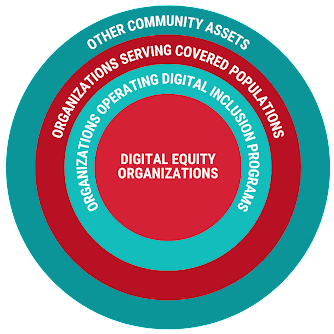
A community asset or resource is anything that improves the quality of community life. Assets include:
- The capacities and abilities of community members.
- A physical structure or place. For example, a school, hospital, or church. Maybe a library, recreation center, social club.
- A business that provides jobs and supports the local economy.
- Associations of citizens. For example, A Neighborhood Watch or a Parent Teacher Association.
- Local private, public, and non-profit institutions or organizations.
(Source: UCLA Center for Health Policy Research; Image credit: National Digital Inclusion Alliance (NDIA))
Asset mapping is solution-focused. Consider the two maps / diagrams below. On the left, we see a problem-based map of a neighborhood that identifies major deficits that should be addressed. On the right, the map seeks to understand the community resources that could be used to address some of those issues.
Asset Mapping & Broadband Planning

Increasingly, Asset Mapping is an approach that communities are using for broadband infrastructure planning.
Because broadband involves both people, and a lot of physical infrastructure, some communities focus part of their broadband assets based on infrastructure categories. This graphic outlines just a few of the asset classes related to broadband.
In your own community planning, the team implementing the process will define their own asset classes to find, document, map, and use.
Consider: What other assets might be useful when doing Broadband planning? Think beyond infrastructure. What relationships exist? Who has access?
Image source: Broadband USA, Asset Mapping & Management
Asset Mapping & Digital Inclusion
The asset mapping approach is well suited for community projects that have aspects of digital inclusion. Digitalinclusion.org has multiple background resources. They highlight four benefits of the process as related to digital inclusion. These include understanding how various assets are connected, helping to find gaps in systems, bringing in new partners, and generating resources that can be used by the public.
Putting it Into Practice: General Asset Mapping Process
- Build a team
- Discuss and develop specific criteria (focus on certain assets)
- Gather basic information about each asset (who, how many they serve, proximity to school, populations served, cost, etc.)
- Dig deeper – collect additional information using qualitative approaches
- Visualize the data
- Analyze, review, make decisions or identify action steps
What will the end product look like?
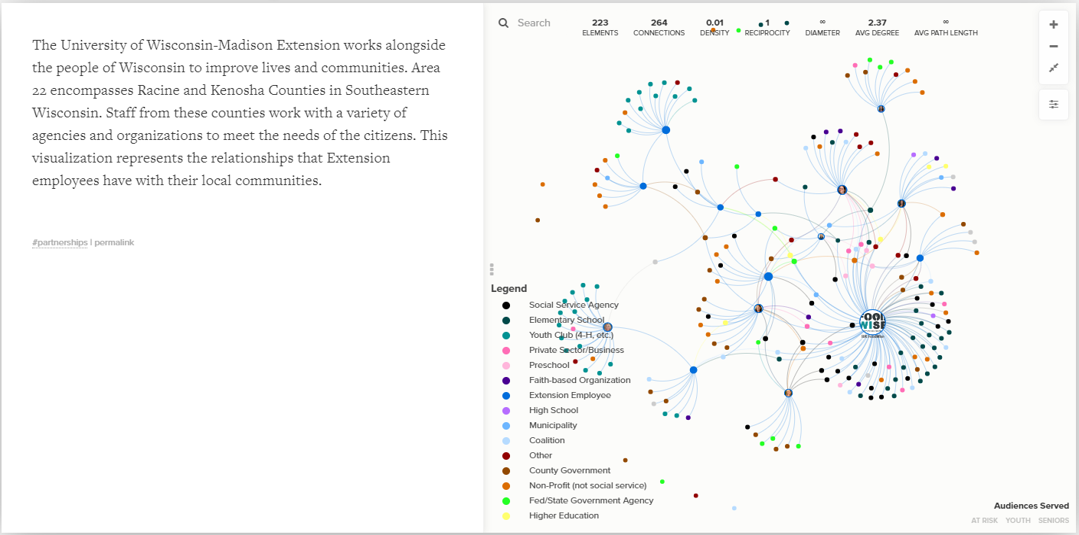
Network Graph
UW-Madison Division of Extension staff developed a visualization to represent the relationships Extension employees have with their local communities in Kenosha and Racine counties.
GIS Map
MoBroadband developed a Digital Asset Map for the state of Missouri. Digital assets include services, programs, workshops, and equipment that help individuals, organizations, and businesses effectively access and use internet technologies.
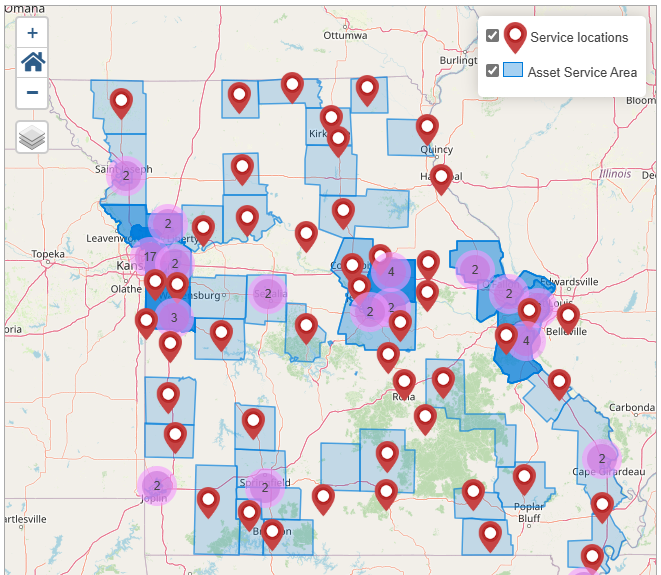

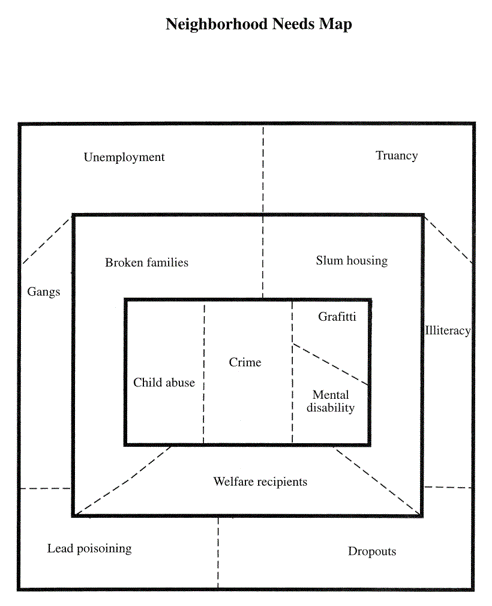
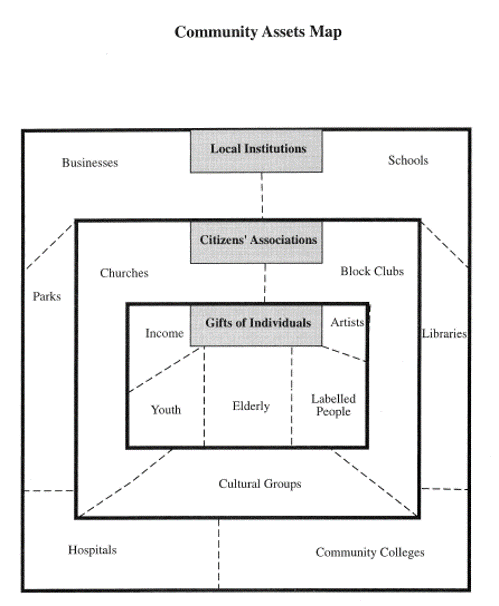

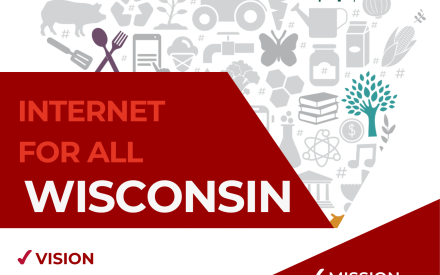


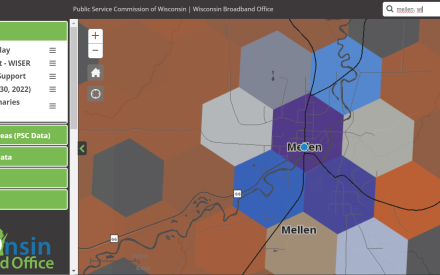


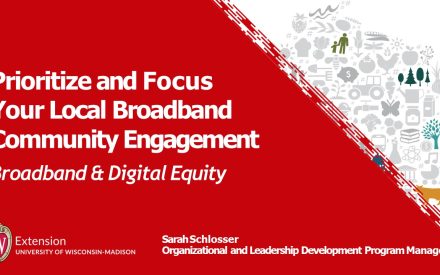

 What's Next in Wisconsin Broadband, November 2025 -
What's Next in Wisconsin Broadband, November 2025 - Broadband Expansion in Wisconsin: Case Studies - Page 3
Broadband Expansion in Wisconsin: Case Studies - Page 3


